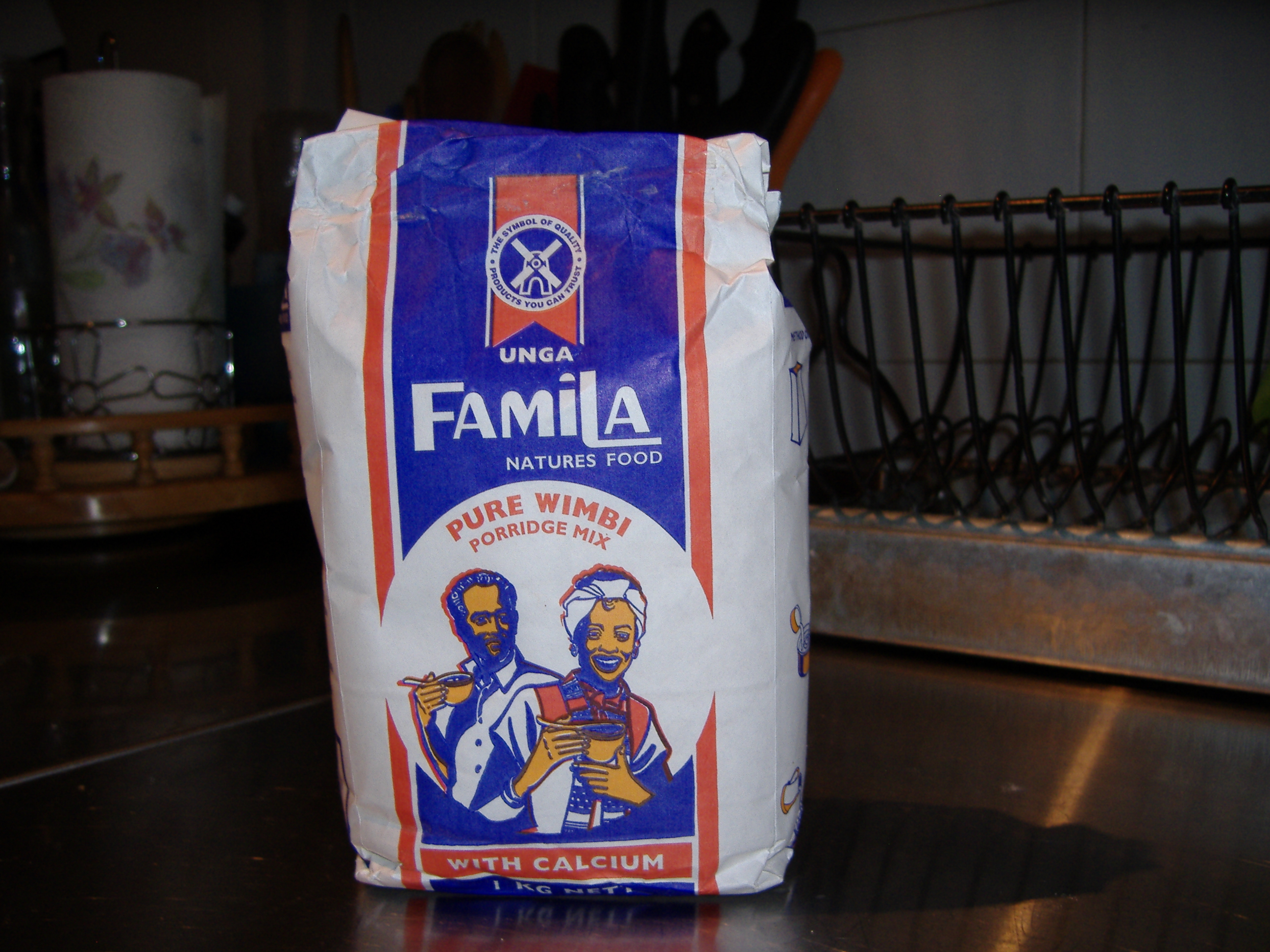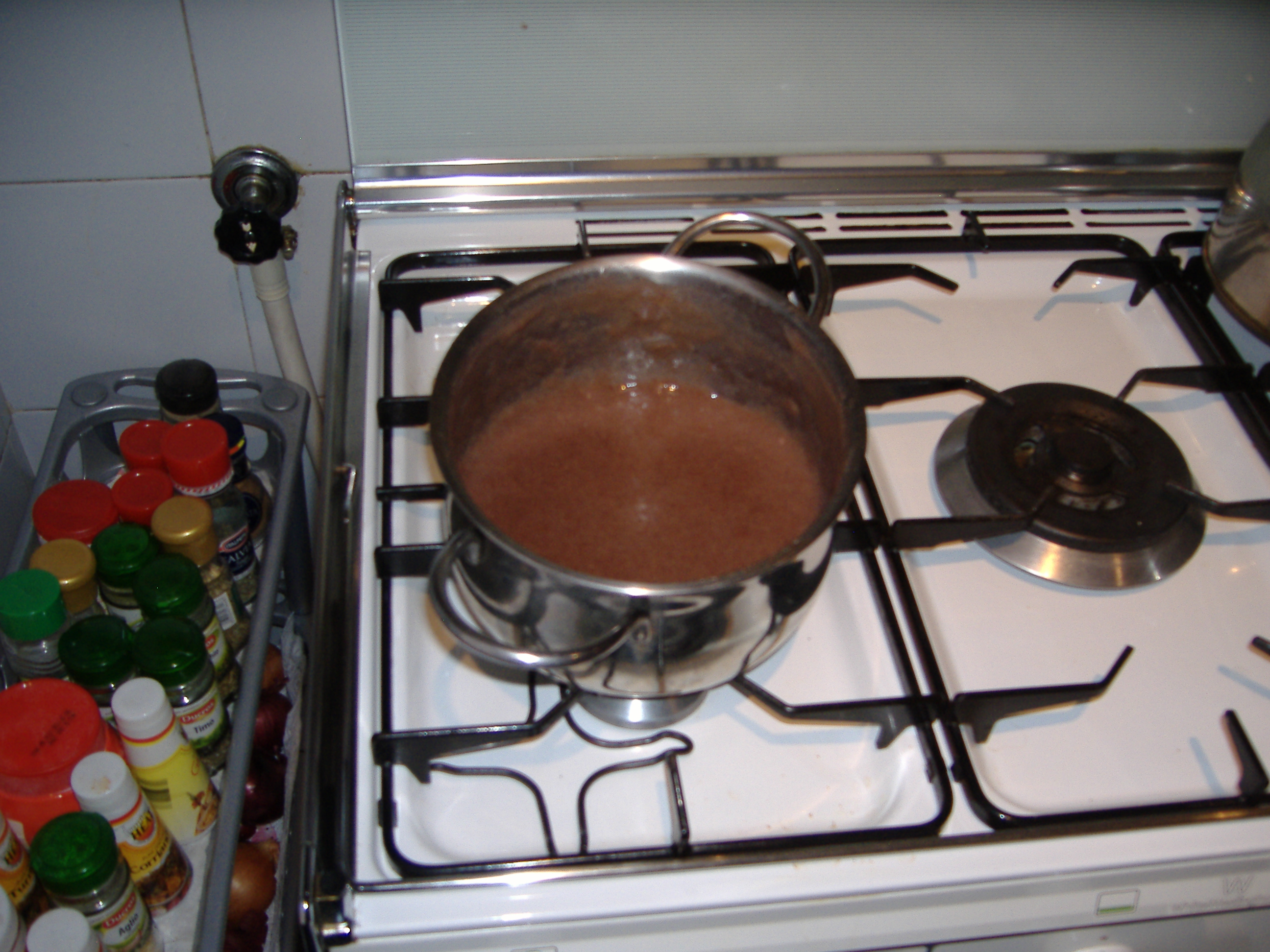The BBC has an interesting photo essay on wine-making’s struggle for survival in Turkey among Assyrian Christians. Interestingly, a scion of the Assyrian community is something of a food guru in the Bay Area. Expatriates again…
Yemen may need taller wheat
Back when I made my living applying an outmoded and discredited paradigm by going around collecting germplasm, I had the great good fortune of visiting the Hardamawt province of what at the time was the People’s Democratic Republic of Yemen. The region, and in particular the beautiful and historic city of Shibam has recently been hit by devastating floods. I could link to news accounts, but I think the series of photographs Jeremy just sent me does a better job of summing up the situation than any number of newspaper articles.
Agriculture in the Hadramawt relies on spate irrigation:
Flood water from mountain catchments is diverted from river beds (wadi’s) and spread over large areas. Spate systems are very risk-prone. The uncertainty comes both from the unpredictable nature of the floods and the frequent changes to the river beds from which the water is diverted.
So flood damage is to be expected every once in a while, and people by and large know how to cope, though on this occasion the flooding seems to have been particularly bad. One of the ways people cope is by building strong houses. Some houses in Shibam are hundreds of years old, despite being made of mud brick. I remember that while collecting (this was 20 years ago) I asked people why they were still growing their local wheats rather than the new Green Revolution varieties. They said that the new varieties, though giving a higher grain yield, were too short, 1 and they needed a lot of straw to make the mud bricks they used to build their homes.
Now, I haven’t been back to Shibam since then, and I don’t know whether the use of shorter wheats has spread. And I don’t know whether even if they have this has affected the quality or quantity of the local bricks. But I wonder.
Microbe man
Gary at Muck and Mystery waxes lyrical:
When I walk my fields I entertain fantasy visions of walking on a spongy mass of wriggling, ravenous microbes. It helps that my fields – or at least those I’ve had the management of for a couple of years – are in fact soft and yielding since they are rich in organic matter and living material so that even when bone dry they remind some of walking on a firm mattress.
He sees microbes and moo-cows as co-workers, a view we need to promote to those who see simplification as the only response to challenge. Complexity is almost always best.
Chocolate industry meets all over the place
The cacao community is meeting in Ghana under the sponsorship of Mars to draft a plan for sustainable cacao farming in Africa:
Topics on the table range from multifunctional agriculture, genetics and germplasm, to pest and disease, and science and leadership.
I hope they will also consider the kind of value-adding that is being discussed at the just-opened annual Paris chocolate show.
Warm welcome for finger millet porridge
Whenever I hear people talking about reviving food traditions, I always want to ask them what they’re doing with expatriates. They are often the people who are most attached to traditional foods and assorted agrobiodiversity from back home. Take my wife. No sooner did our visitor fly in from Nairobi, laden with uji mix,

that she had the stuff boiling away on the stove as if she hadn’t tasted porridge in years. 2

Now, I’m not saying that Kenyans abroad are going to save finger millet cultivation in the Nandi Hills or whatever. But they might be a good place to start.